The tile and ceramic industry has seen significant advancements due to the incorporation of high-performance materials such as porcelain and industrial diamonds. Porcelain, known for its durability and aesthetic appeal, is widely used in flooring, wall cladding, and decorative applications. Meanwhile, industrial diamonds play a crucial role in cutting, grinding, and polishing ceramic and porcelain tiles, enhancing production efficiency and product quality. This article explores the properties, applications, and technological advancements of porcelain and industrial diamonds in the ceramic and tile industry.
-
Introduction
The global tile and ceramic industry relies on advanced materials and manufacturing techniques to meet increasing demands for high-quality, durable, and aesthetically pleasing products. Porcelain, a premium ceramic material, is favored for its strength, low porosity, and resistance to wear. On the other hand, industrial diamonds, due to their extreme hardness, are essential in processing ceramic and porcelain tiles. This article provides a detailed analysis of these materials and their impact on the industry.
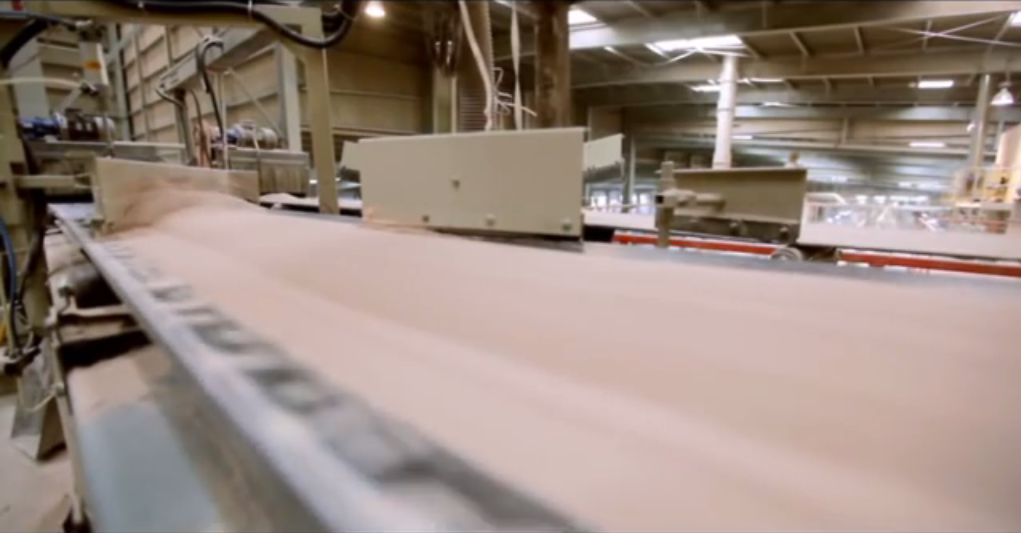
-
Porcelain in the Tile and Ceramic Industry
۲.۱. Definition and Composition
Porcelain is a type of ceramic material made from refined clay, feldspar, kaolin, and quartz, fired at high temperatures (1200–۱۴۰۰°C). Its vitrification process results in a dense, non-porous, and highly durable product.
۲.۲. Properties of Porcelain Tiles
– High Mechanical Strength: Resistant to cracks and heavy loads.
– Low Water Absorption (<0.5%): Ideal for wet and outdoor environments.
– Chemical and Stain Resistance: Unaffected by acids, alkalis, and household chemicals.
– Aesthetic Versatility: Available in various colors, textures, and finishes, mimicking natural stone or wood.
۲.۳. Applications of Porcelain Tiles
– Flooring and Wall Cladding (residential, commercial, industrial)
– Outdoor Paving (resistant to frost and UV rays)
– High-Traffic Areas (airports, malls, hospitals)
– Decorative Elements (3D tiles, digital printing designs)
-
Industrial Diamonds in Tile and Ceramic Manufacturing
۳.۱. Role of Industrial Diamonds
Industrial diamonds, either natural or synthetic, are used in cutting, grinding, and polishing tools due to their unmatched hardness (10 on the Mohs scale).
۳.۲. Applications in the Ceramic Industry
– Cutting Tools: Diamond-coated blades for precise tile cutting.
– Grinding and Polishing: Diamond abrasives for smooth finishes.
– Drilling and Engraving: Diamond-tipped drills for intricate designs.
۳.۳. Advantages of Diamond Tools
– Extended Tool Life: Reduces replacement frequency.
– High Precision: Ensures clean cuts and polished edges.
– Cost Efficiency: Lowers production downtime and waste.
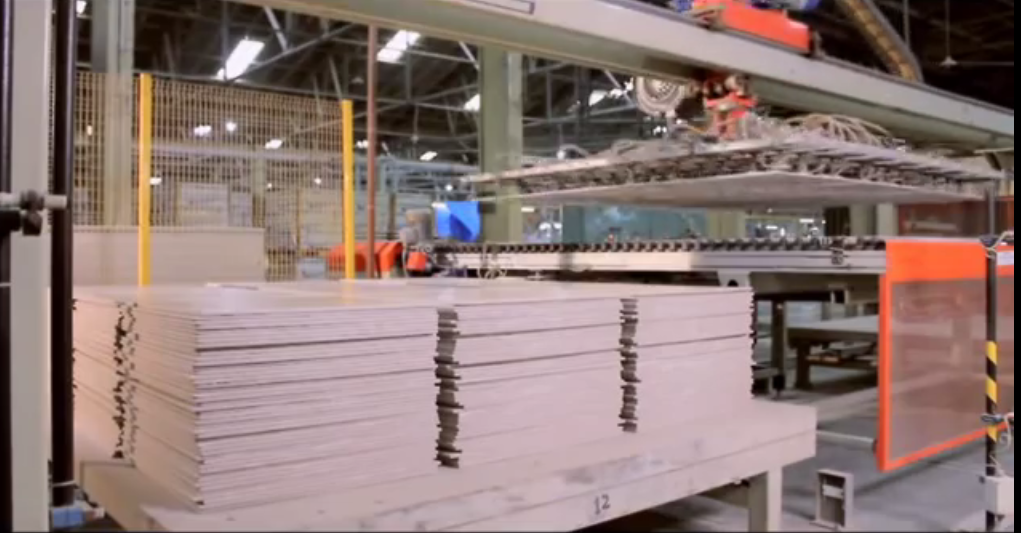
-
Technological Advancements
– Laser Cutting and Digital Printing: Enhances design flexibility in porcelain tiles.
– Nano-Coated Diamonds: Improves tool durability and cutting speed.
– Sustainable Manufacturing: Recycling diamond abrasives and reducing energy consumption.
-
Conclusion
Porcelain and industrial diamonds are indispensable in the modern tile and ceramic industry. Porcelain offers durability and aesthetic appeal, while diamond tools ensure precision in manufacturing. Future advancements will focus on sustainability and automation, further revolutionizing the sector.
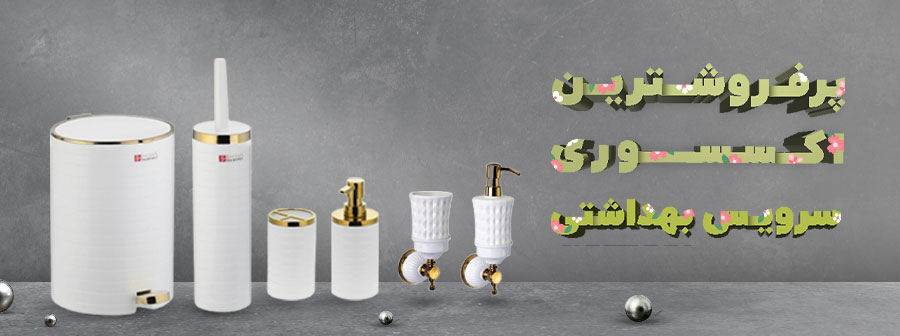
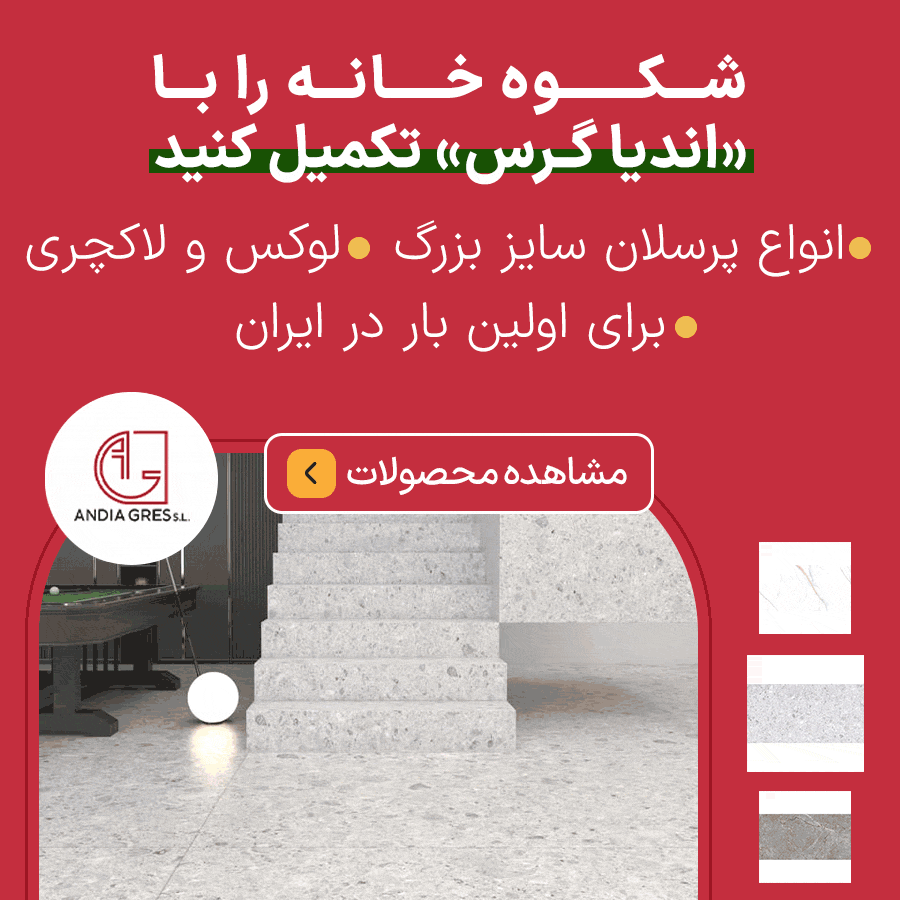
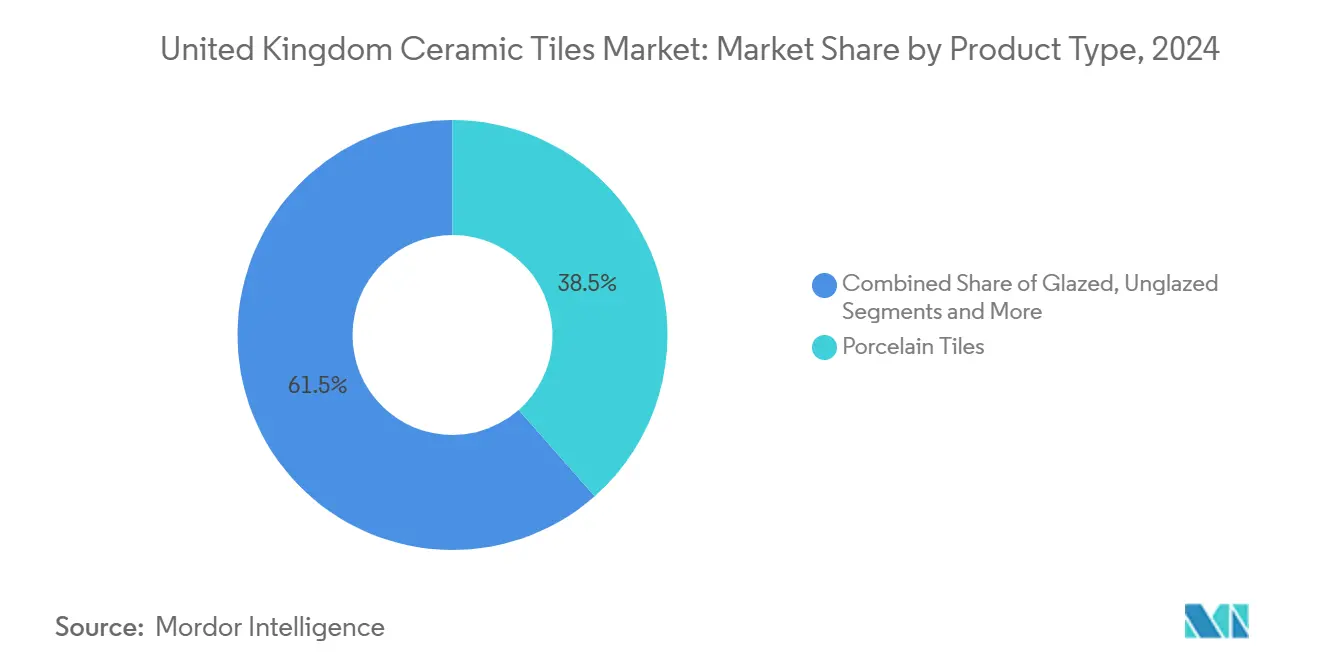



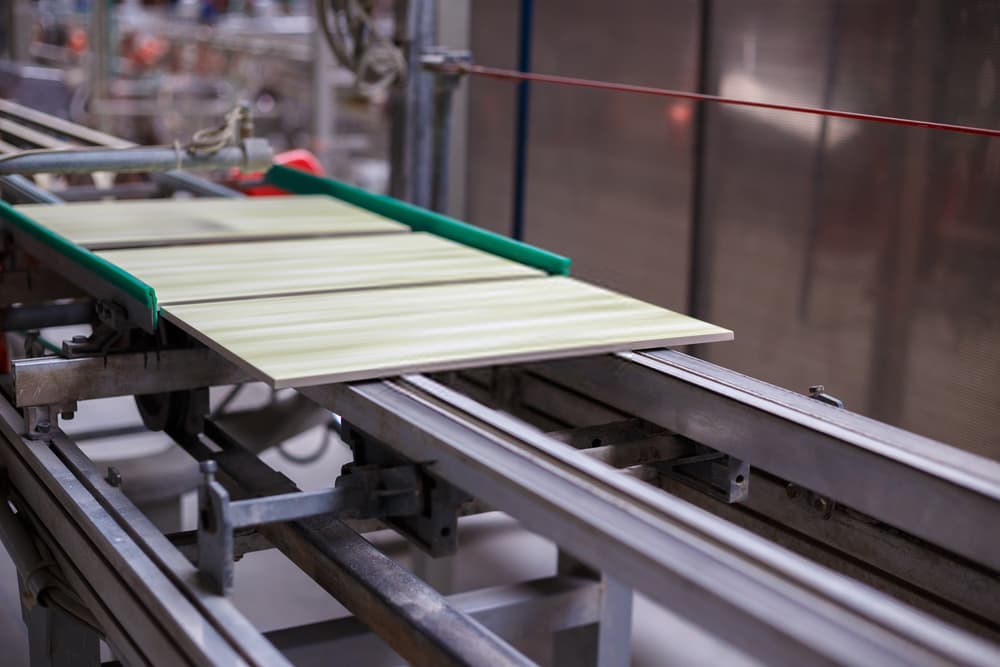
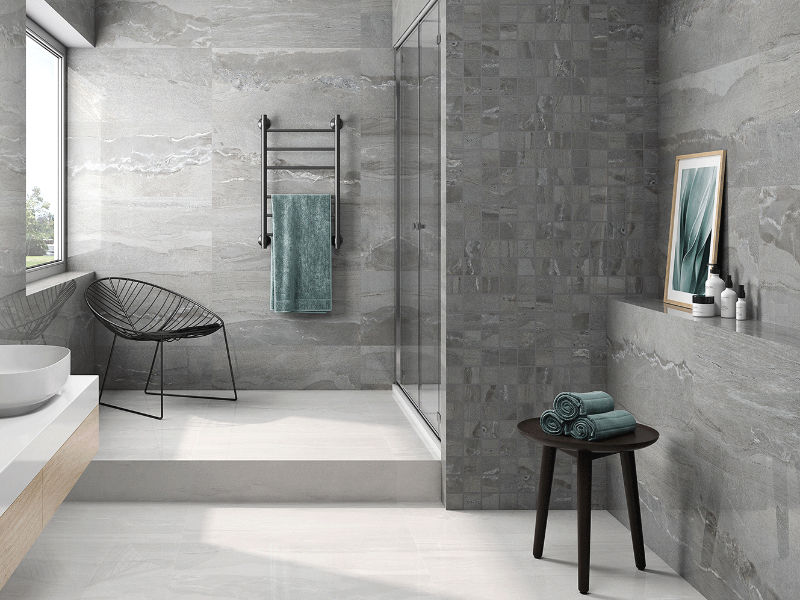
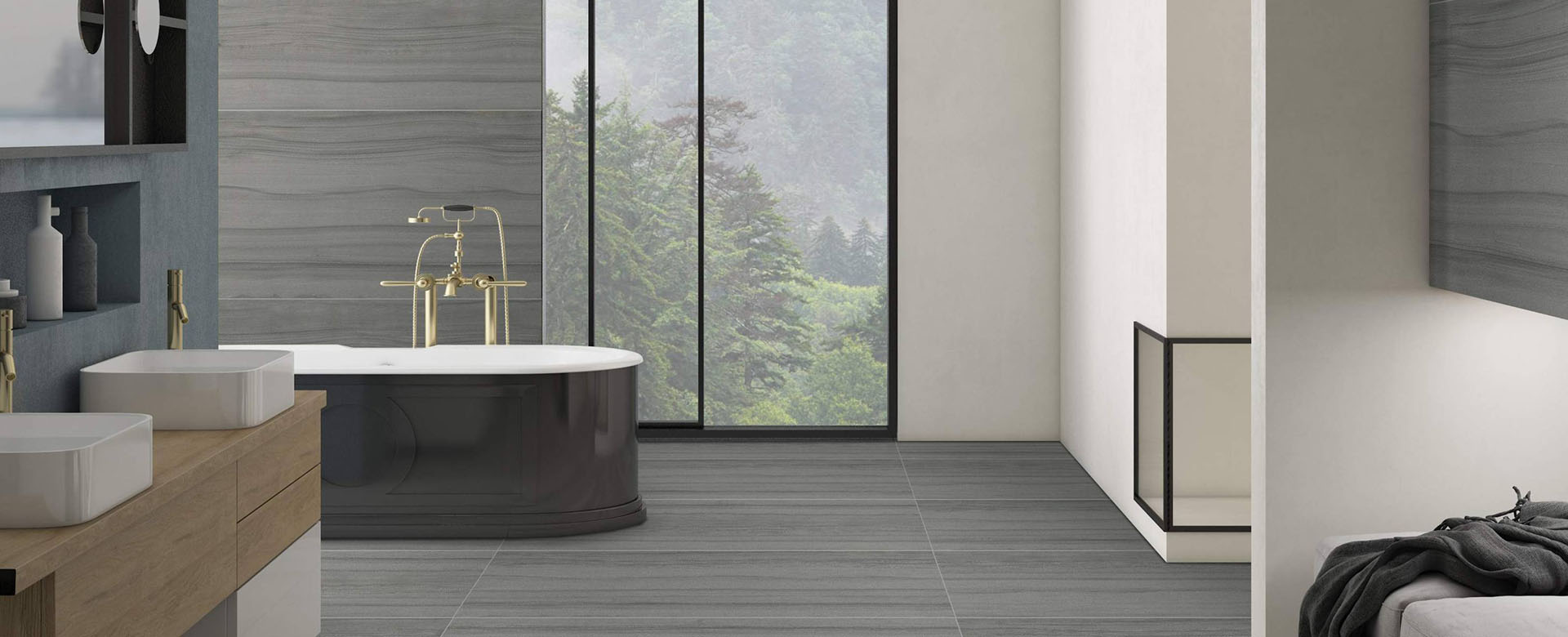
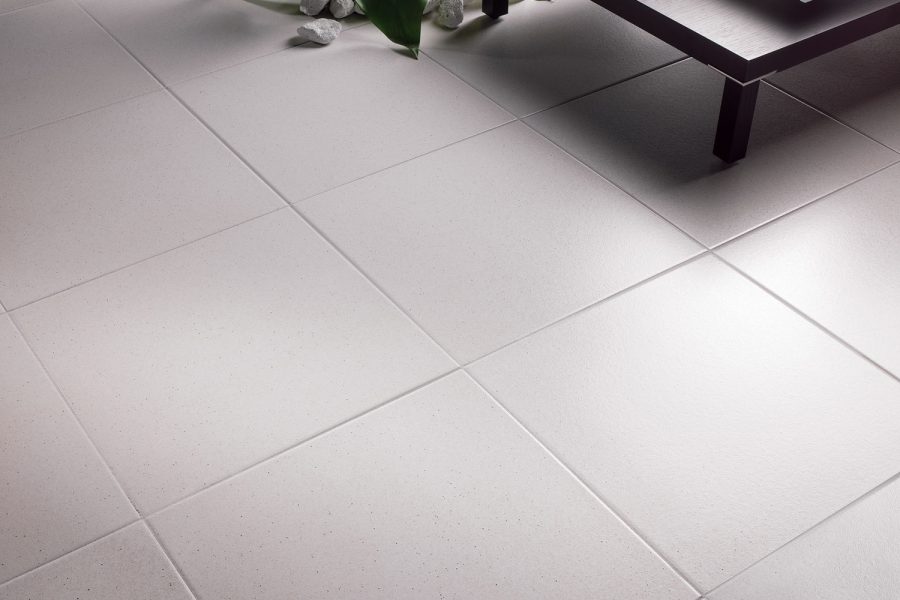
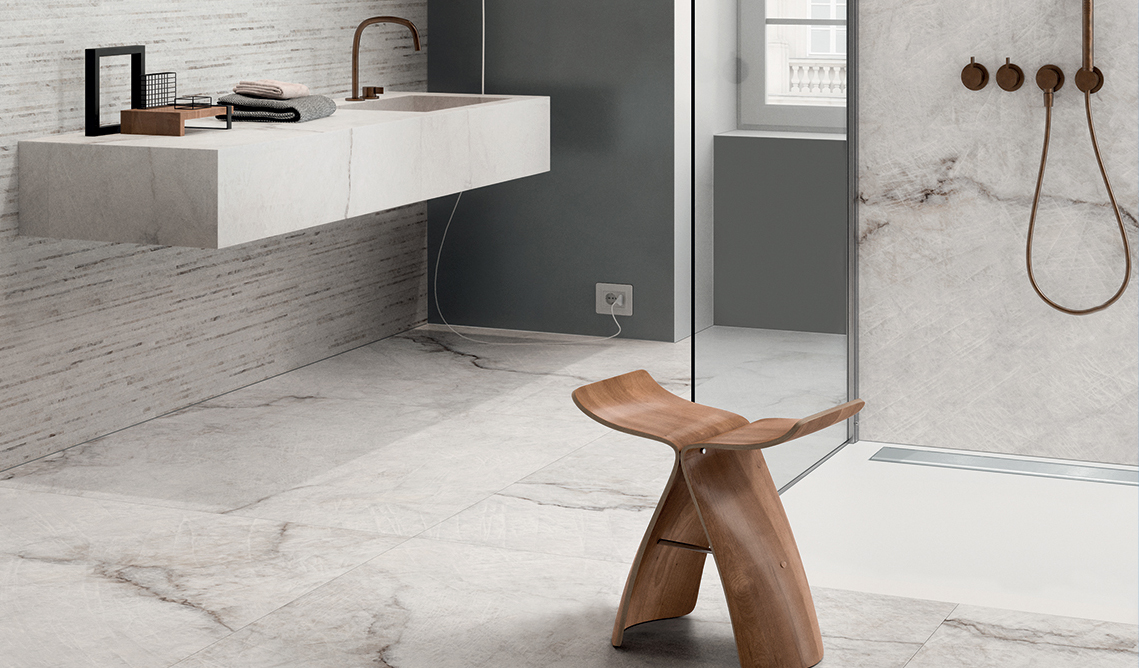
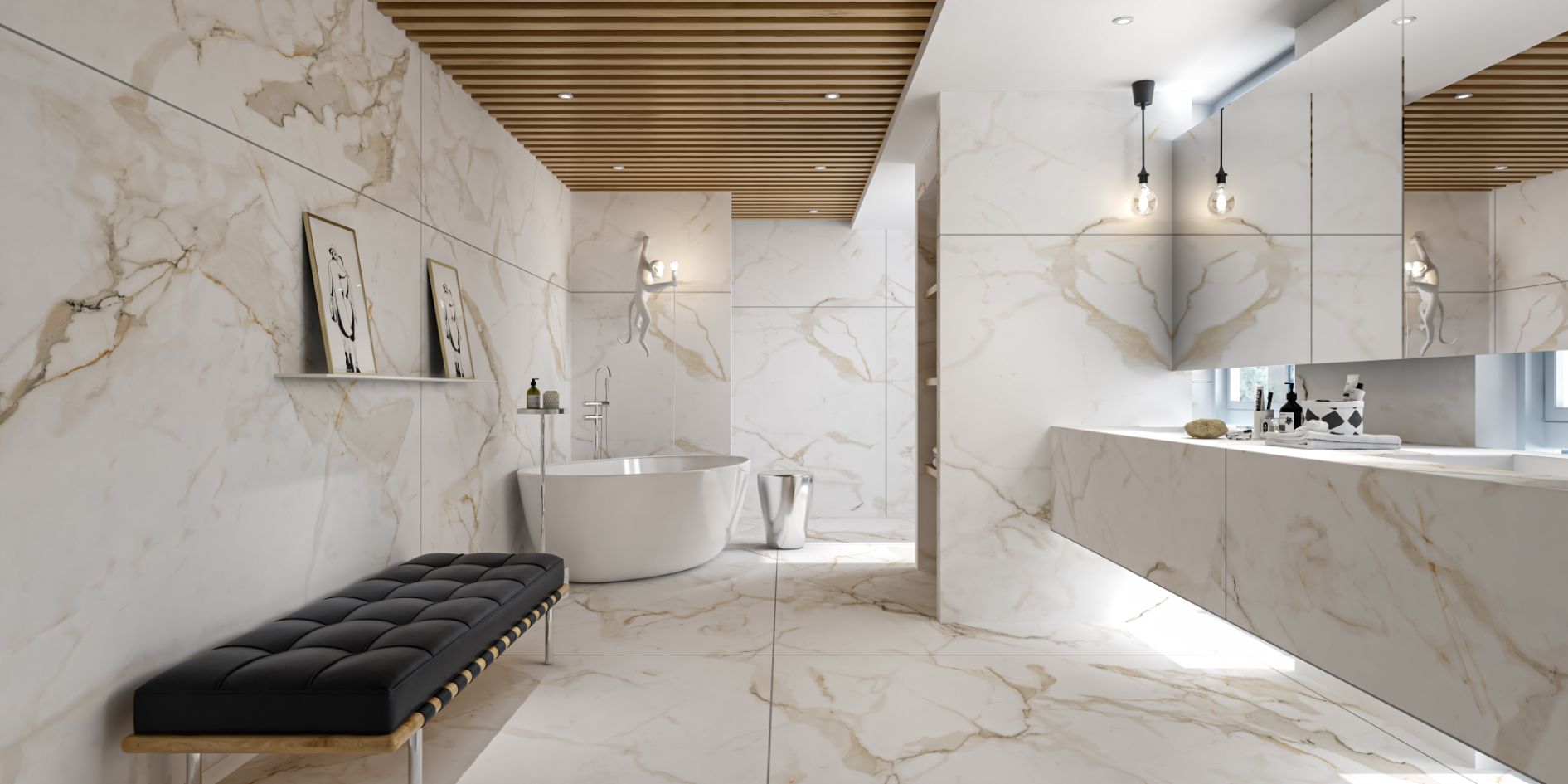
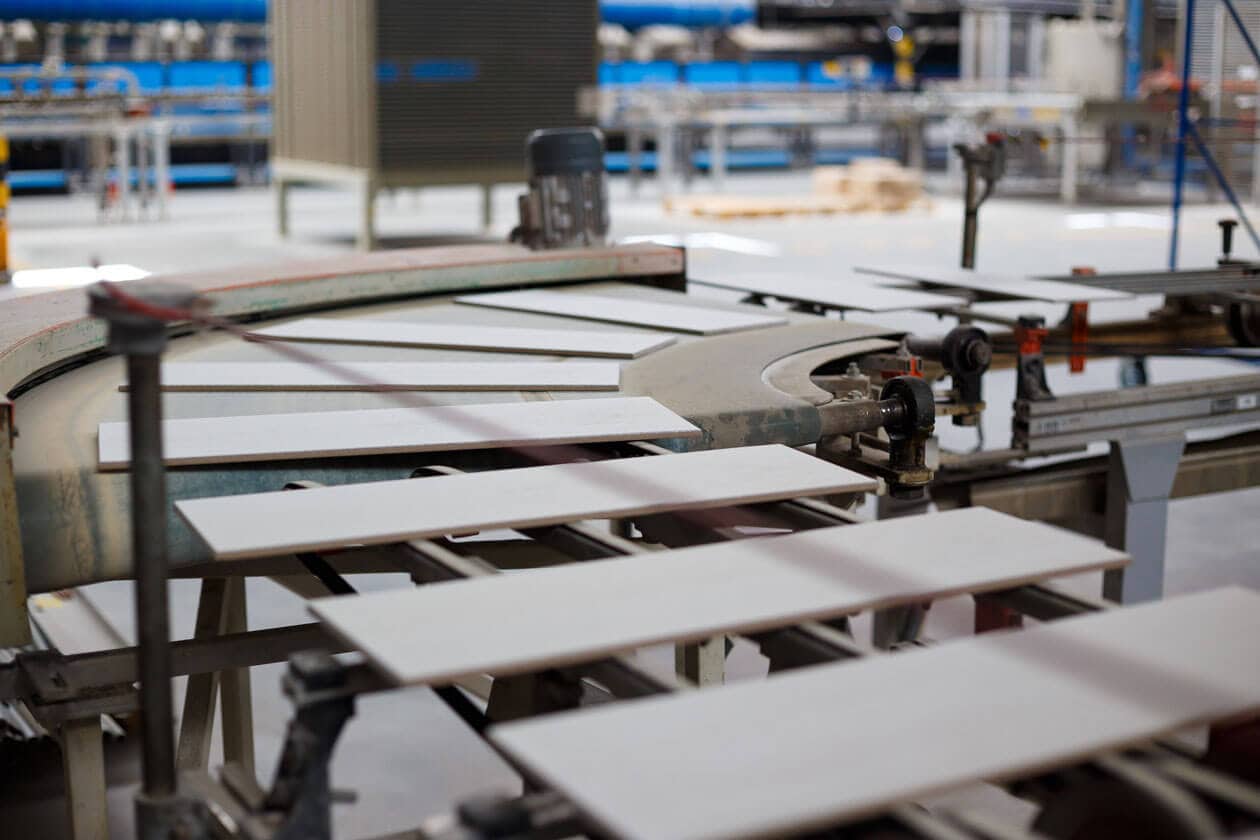
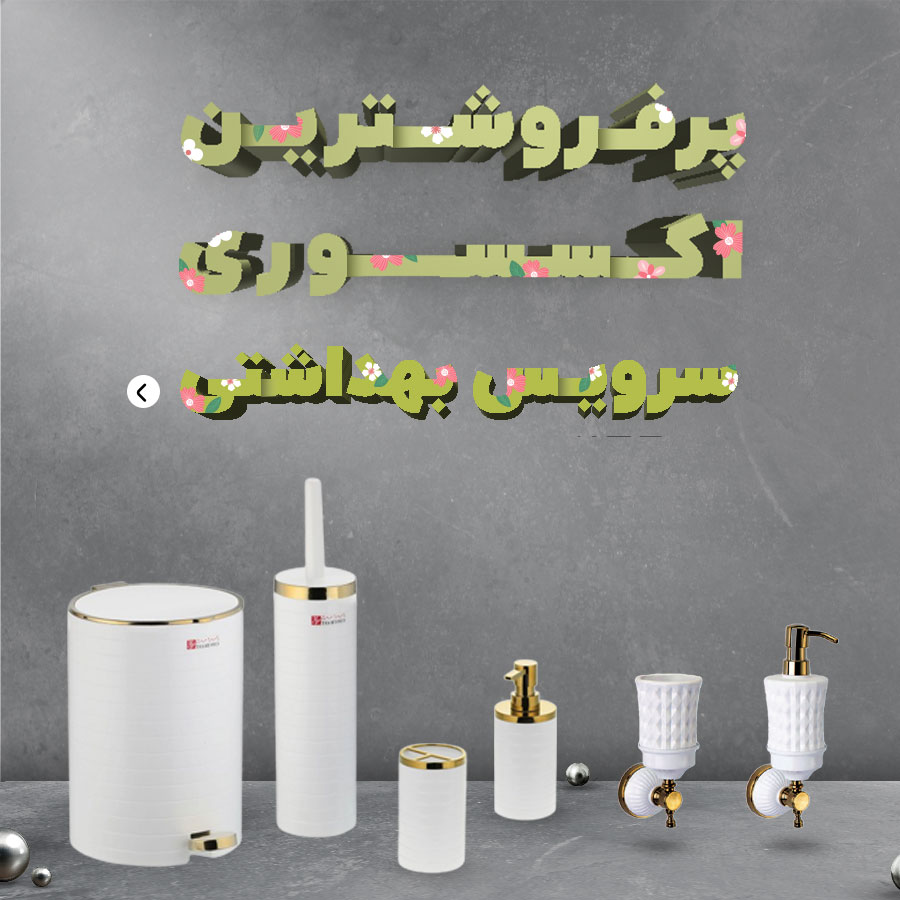

نظرات ۰